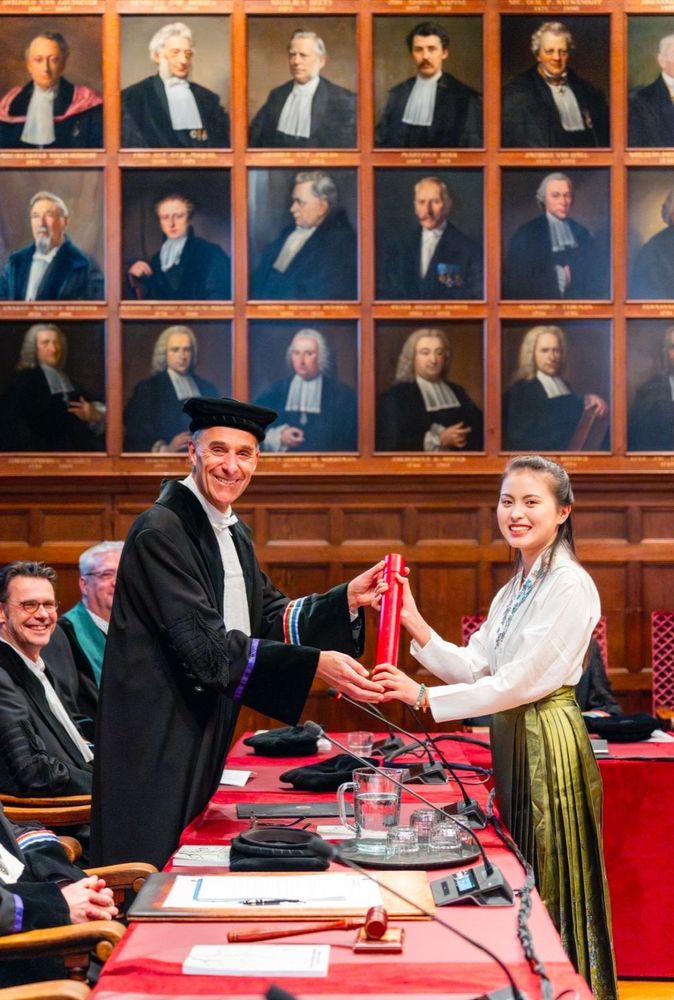
www.nature.com/articles/s44...
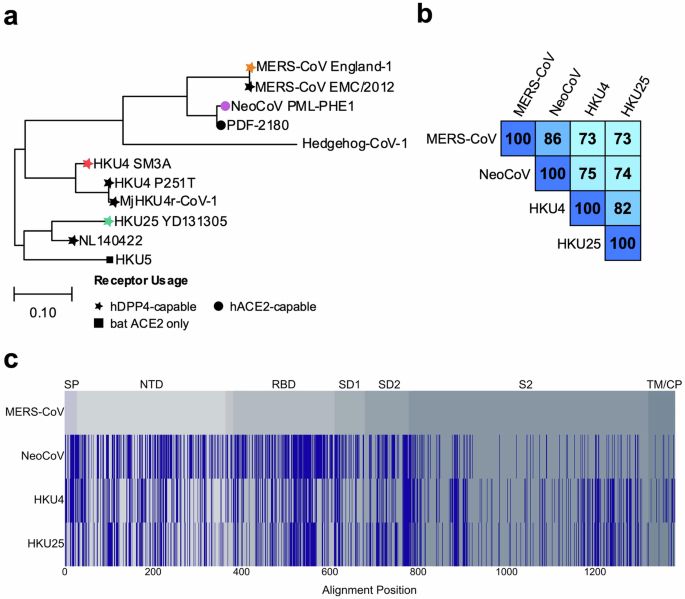
www.nature.com/articles/s44...
😎 biology but double whammy for cancer patients
www.nature.com/articles/s41...
🧪
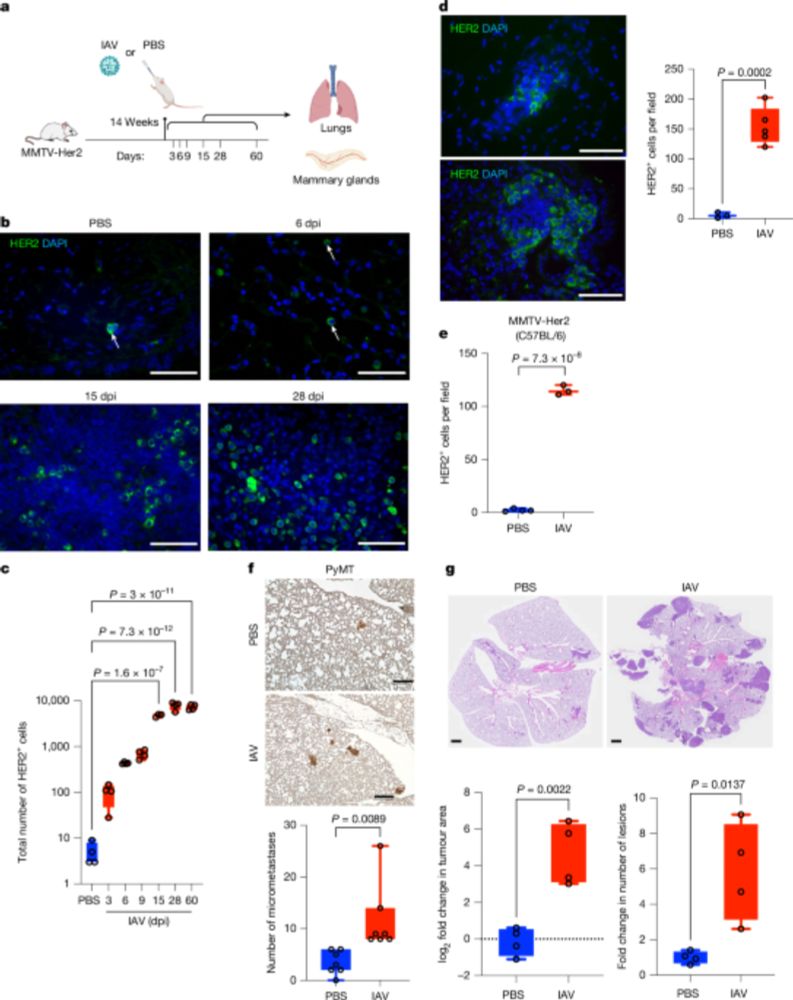
😎 biology but double whammy for cancer patients
www.nature.com/articles/s41...
🧪
Make my day and check it out!
www.biorxiv.org/content/10.1...
#Cryo-ET #TeamTomo #Cryo-CLEM ❄️🔬❄️🔬❄️🔬❄️🔬
Make my day and check it out!
www.biorxiv.org/content/10.1...
#Cryo-ET #TeamTomo #Cryo-CLEM ❄️🔬❄️🔬❄️🔬❄️🔬
@utrechtvirology.bsky.social
together with Mengying Liu and Erik de Vries on virion motility of sialoglycan-cleaving respiratory viruses through mucus and on the surface cells in NPJ viruses @natureportfolio.nature.com
doi.org/10.1038/s442...
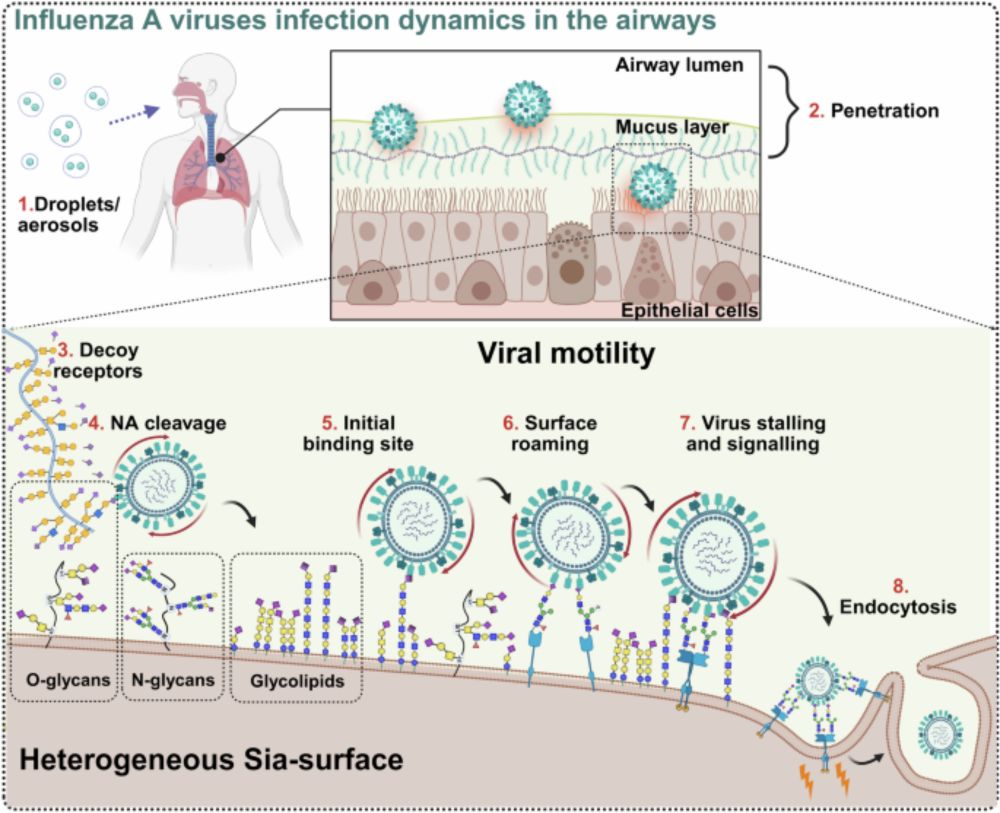
@utrechtvirology.bsky.social
together with Mengying Liu and Erik de Vries on virion motility of sialoglycan-cleaving respiratory viruses through mucus and on the surface cells in NPJ viruses @natureportfolio.nature.com
doi.org/10.1038/s442...
pubs.acs.org/doi/10.1021/...
@xdh.bsky.social @hangryhobbit.bsky.social
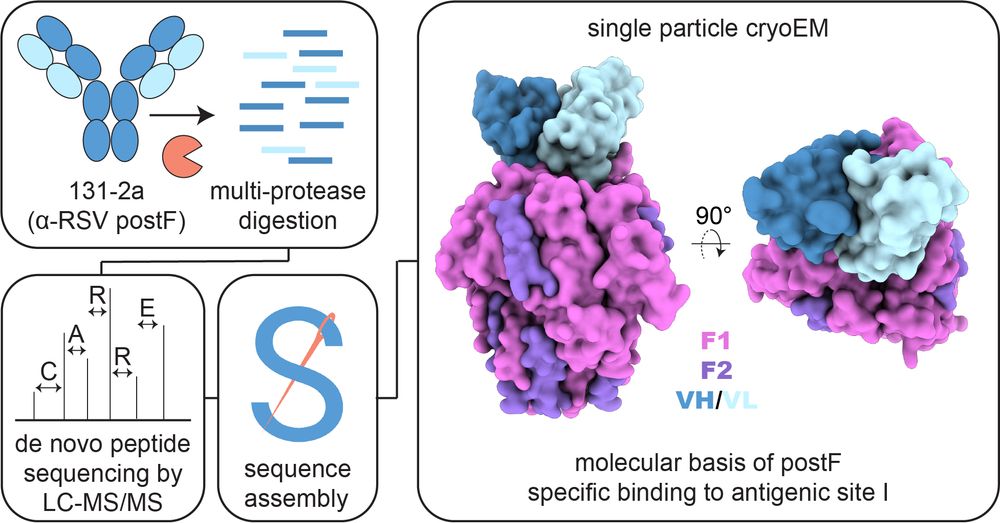
pubs.acs.org/doi/10.1021/...
@xdh.bsky.social @hangryhobbit.bsky.social

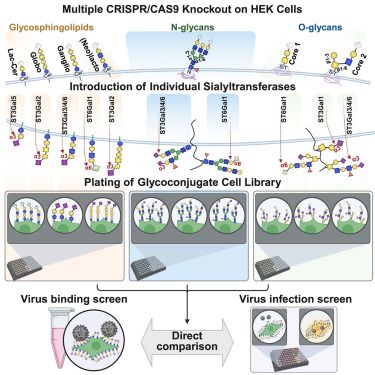
🚨 Deadline is 31 July 2025 at 23:59 CET
📢 Don’t miss your chance to contribute — submit now!
➡️ eswiconference.org/abstract-sub...

Dirk Eggink et al
www.eurosurveillance.org/content/10.2...
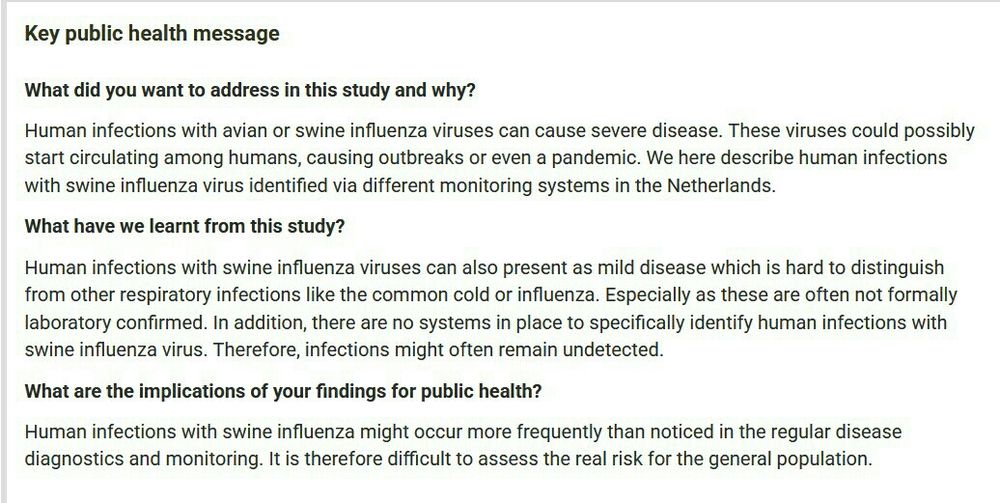
Dirk Eggink et al
www.eurosurveillance.org/content/10.2...
www.science.org/doi/10.1126/...
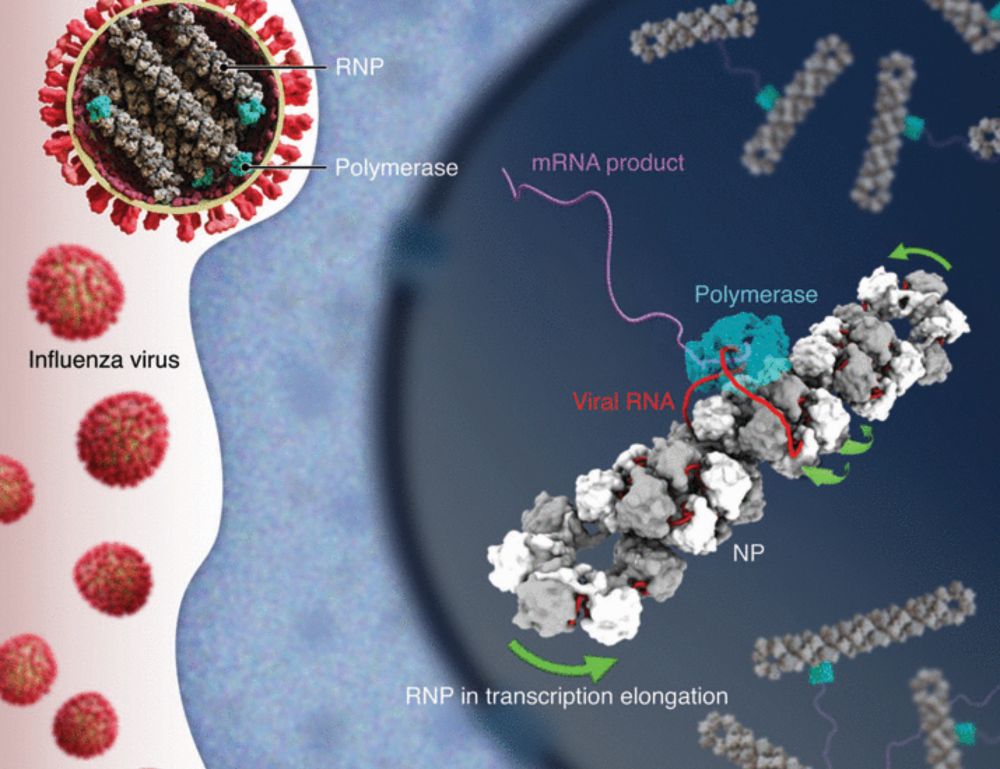
www.science.org/doi/10.1126/...
Turns out fewer anti-vaxxers among cattle 🤦🏻♂️
For 2,500 years, we didn’t evolve superhuman resistance—children just died. Real protection only came in the 1960s, with vaccines.
Our superpower isn’t evolving into superhumans. It’s outthinking pathogens.

Turns out fewer anti-vaxxers among cattle 🤦🏻♂️
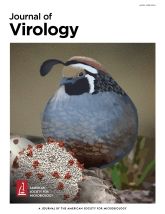


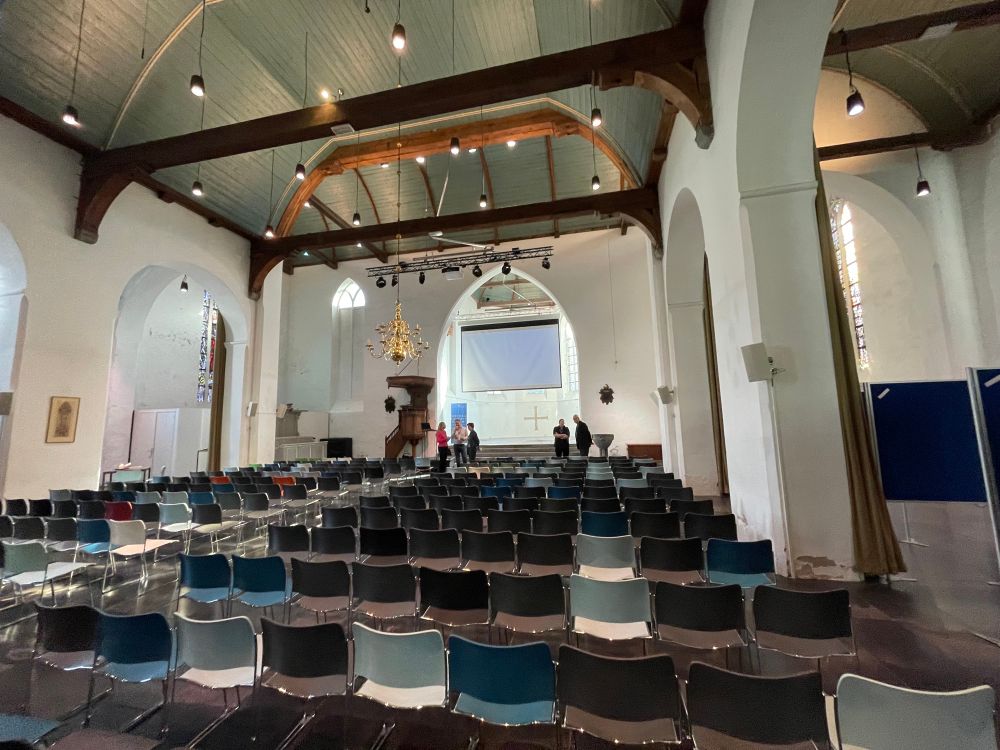
No transmission has been found outside of a single chain, and eight patients in treatment are stable.
www.cidrap.umn.edu/e...
Photo: NIAID/Flickr cc
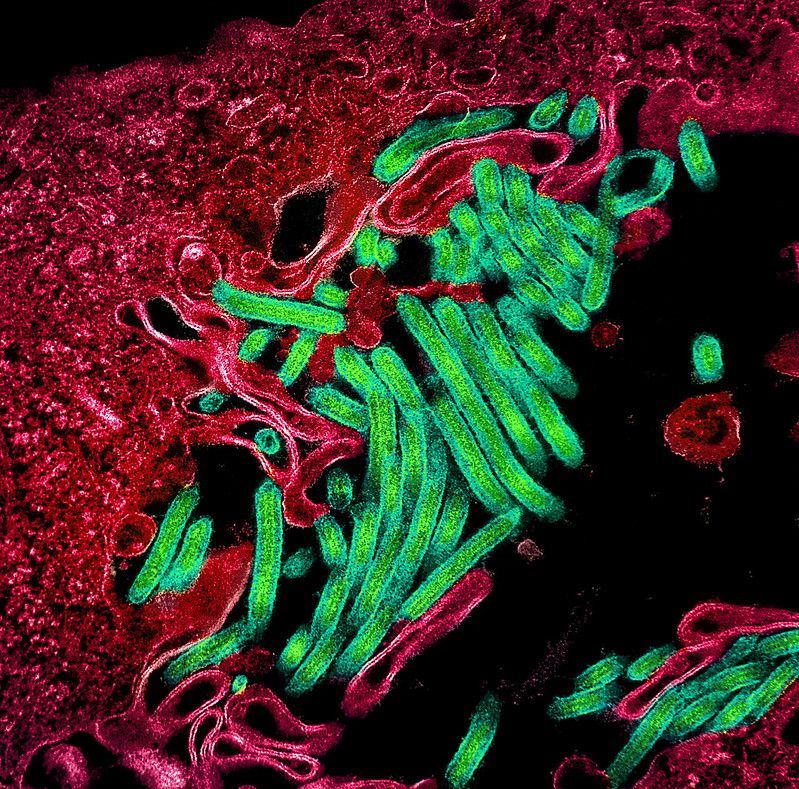
No transmission has been found outside of a single chain, and eight patients in treatment are stable.
www.cidrap.umn.edu/e...
Photo: NIAID/Flickr cc
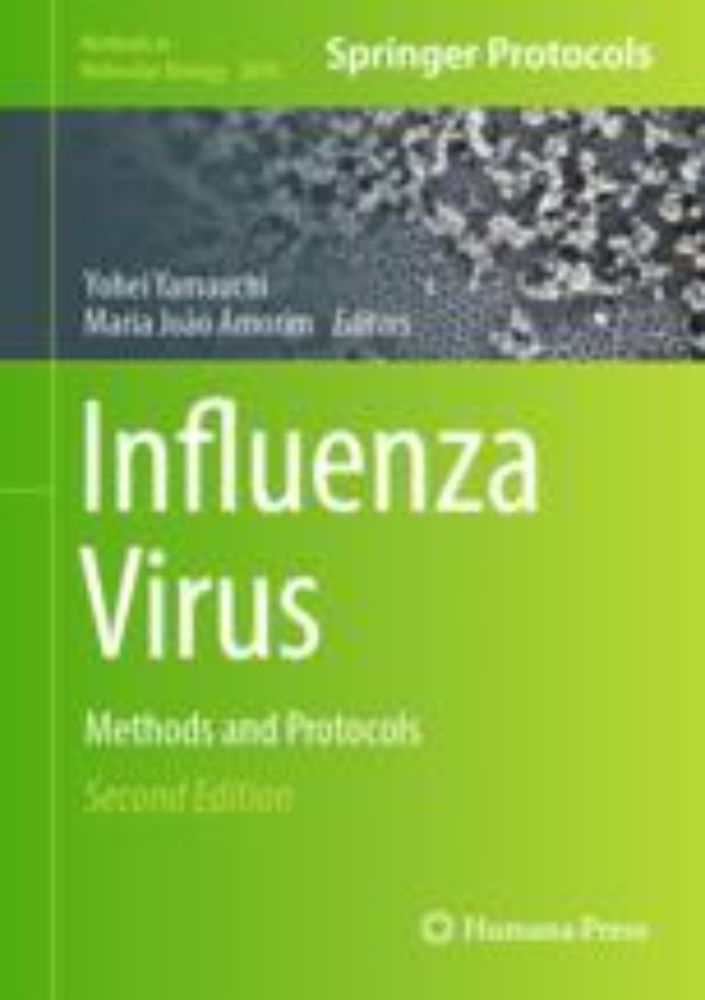



www.cell.com/cell/fulltex...

www.cell.com/cell/fulltex...

Although this indicates reassortment with avian viruses, it's still bad. Reassortment makes pandemics. The last 3/4 flu pandemics (and likely 1918 too) were reassortant viruses.

Although this indicates reassortment with avian viruses, it's still bad. Reassortment makes pandemics. The last 3/4 flu pandemics (and likely 1918 too) were reassortant viruses.


